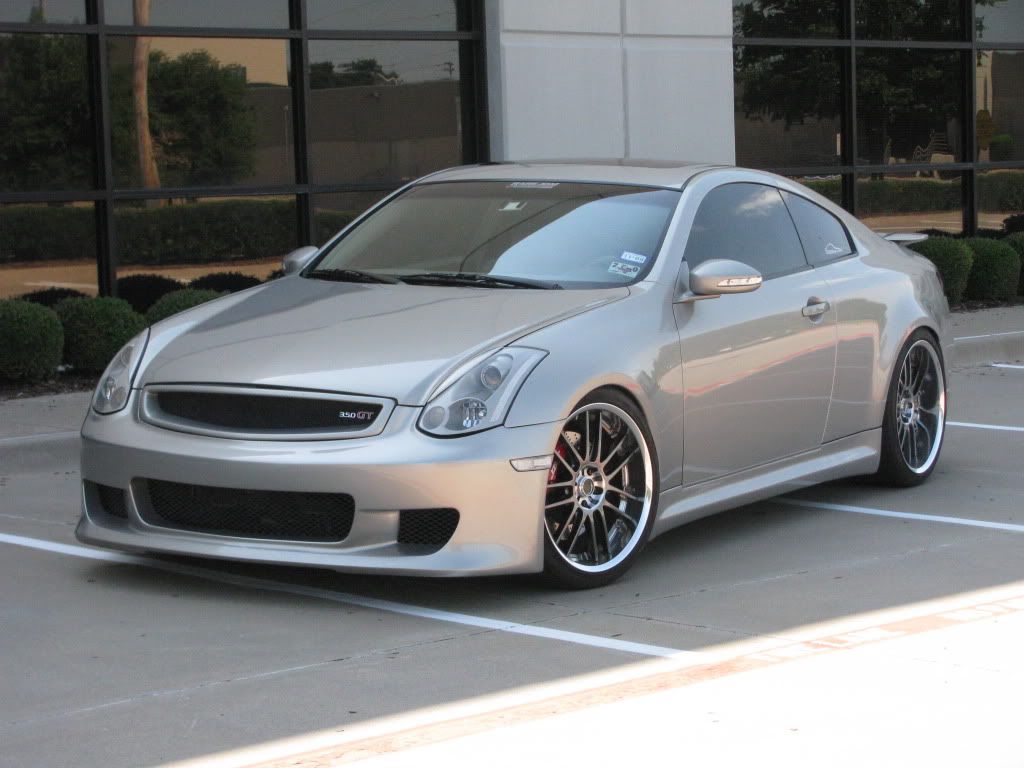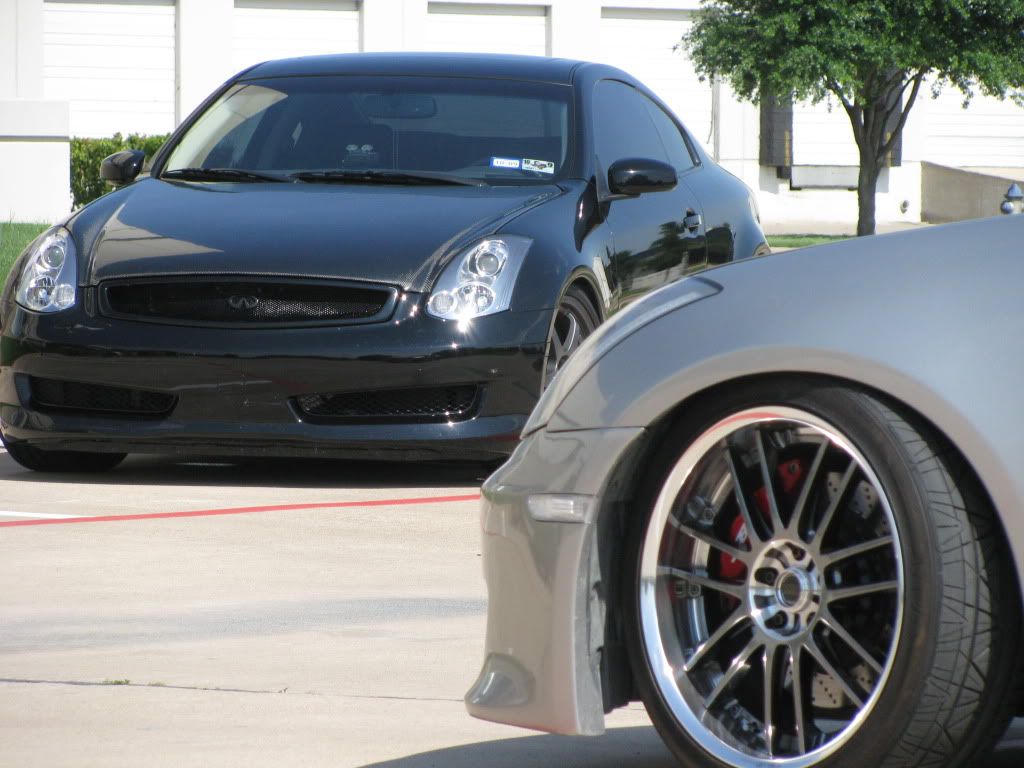PICS: June Photoshoot (June14) session...
#31
This pic is a perfect example of a good space, that I was talking abt earlier. Where you have a subject, and you have a space. But, the problem w this pic is that the viewer cant decide which is the subject n which is the space.
Thats where a DSLR camera comes in very handy, it lets you focus on a subject, focus out or blur the non-subject or space and makes for a better viewing experience... for example....


Hope this helps somebody.
Thats where a DSLR camera comes in very handy, it lets you focus on a subject, focus out or blur the non-subject or space and makes for a better viewing experience... for example....


Hope this helps somebody.
#33
#34
#36
What you're referring to Yash is Depth of field.. That's controlled by aperture.. You can do this as well w/ a point and shoot.. A DSLR isn't the only cam that can do this.. Most point and shoots have an Aperture priority mode.. You can set a small depth of field say by setting a high aperture, say 2.8 (remember it's actually 1/2.8) and you focus on your subject, and anything that's not in the same vertical plane (in front of your subject and behind) will come out blurred.. The higher the aperture, the smaller the depth of field. (because remember they're inversely related)
Chris, I looked at the settings on your cam and you indeed have the ability to have a selected focus shot.. Aperture priority mode is normally Av, and as you can see, you have it.
Canon Powershot sx100 is specs
Namely, the shooting modes section
Shooting Modes
Auto, P, Av, Tv, M, Portrait, Landscape, Special Scene (Foliage, Snow, Beach, Fireworks, Aquarium, Indoor, Night Scene), Kids & Pets, Night Snapshot, Stitch Assist, Movie
I think if you get more familiar w/ your camera, that your shots will benefit from the increased knowlege of what you can do w/it.. You'll be able to estimate what your shots will look like before you shoot them.. That REALLY helps..
Chris, I looked at the settings on your cam and you indeed have the ability to have a selected focus shot.. Aperture priority mode is normally Av, and as you can see, you have it.
Canon Powershot sx100 is specs
Namely, the shooting modes section
Shooting Modes
Auto, P, Av, Tv, M, Portrait, Landscape, Special Scene (Foliage, Snow, Beach, Fireworks, Aquarium, Indoor, Night Scene), Kids & Pets, Night Snapshot, Stitch Assist, Movie
I think if you get more familiar w/ your camera, that your shots will benefit from the increased knowlege of what you can do w/it.. You'll be able to estimate what your shots will look like before you shoot them.. That REALLY helps..
#37
I figured that's what you were intending.. But it's just the execution that I was referring to and the placement of the wheel in reference to Bluebob's car, it intersects too much even if it were blurred..
Seriously.. try shooting in aperture mode (Av) and just shoot random stuff around the house.. focus on a toothbrush and see how everything around it is blurred.. Selective focus shots are very fun..
#38
I my opinion based on the things stated here, I think the "best" shot that I've seen thus far is this one.. Which I've noticed Chris even put as his avtar.. It's well balanced, background is not distracting, good lighting, angle is on point.. Nice job.. Notice how the different amounts of light create value in this shot to make it look "liquid-like"? That's what you're after.. Soft light to make it look smooth and flowing.. You took it out of the direct sunlight..

One thing however, I'd check your ISO setting on your camera to make sure it's not set too high.. I think you're getting a lot of graininess in your pics due to high ISO settings.. In good light, you wanna get it as close to 100 as possible, some cams even let you drop it to 50. ISO is the CMOS' sensitivity to light. You can compensate for low light situations (especially when you can't use flash) by increasing the camera's ISO( most cams go up to 1600). However, the compromise for increased sensitivity is increased graininess in your pics (called noise).. Most cameras have built in "noise reduction", but it's still visible unfortunately.. Post production can take care of this.. I normally set my ISO at the beginning of a shoot, depending on available light, and leave it alone.

One thing however, I'd check your ISO setting on your camera to make sure it's not set too high.. I think you're getting a lot of graininess in your pics due to high ISO settings.. In good light, you wanna get it as close to 100 as possible, some cams even let you drop it to 50. ISO is the CMOS' sensitivity to light. You can compensate for low light situations (especially when you can't use flash) by increasing the camera's ISO( most cams go up to 1600). However, the compromise for increased sensitivity is increased graininess in your pics (called noise).. Most cameras have built in "noise reduction", but it's still visible unfortunately.. Post production can take care of this.. I normally set my ISO at the beginning of a shoot, depending on available light, and leave it alone.
Last edited by twalls; 06-17-2009 at 12:22 AM.
#42
#43
So because I haven't gotten the car pics uploaded, I figured I'd share this one for critique. The lighting was bad and the version of the pic with the flash was just bad, so I tweaked it a little in photoshop, but here you go. Like I said, I had to bake, so here is my epic cookie shot. haha


#44
I my opinion based on the things stated here, I think the "best" shot that I've seen thus far is this one.. Which I've noticed Chris even put as his avtar.. It's well balanced, background is not distracting, good lighting, angle is on point.. Nice job.. Notice how the different amounts of light create value in this shot to make it look "liquid-like"? That's what you're after.. Soft light to make it look smooth and flowing.. You took it out of the direct sunlight..

One thing however, I'd check your ISO setting on your camera to make sure it's not set too high.. I think you're getting a lot of graininess in your pics due to high ISO settings.. In good light, you wanna get it as close to 100 as possible, some cams even let you drop it to 50. ISO is the CMOS' sensitivity to light. You can compensate for low light situations (especially when you can't use flash) by increasing the camera's ISO( most cams go up to 1600). However, the compromise for increased sensitivity is increased graininess in your pics (called noise).. Most cameras have built in "noise reduction", but it's still visible unfortunately.. Post production can take care of this.. I normally set my ISO at the beginning of a shoot, depending on available light, and leave it alone.

One thing however, I'd check your ISO setting on your camera to make sure it's not set too high.. I think you're getting a lot of graininess in your pics due to high ISO settings.. In good light, you wanna get it as close to 100 as possible, some cams even let you drop it to 50. ISO is the CMOS' sensitivity to light. You can compensate for low light situations (especially when you can't use flash) by increasing the camera's ISO( most cams go up to 1600). However, the compromise for increased sensitivity is increased graininess in your pics (called noise).. Most cameras have built in "noise reduction", but it's still visible unfortunately.. Post production can take care of this.. I normally set my ISO at the beginning of a shoot, depending on available light, and leave it alone.






